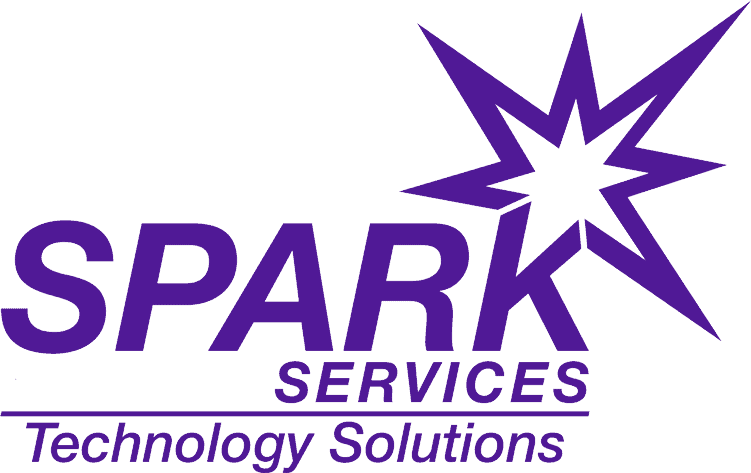All business leaders understand the importance of cross-functional team collaboration, yet it remains a major challenge for many organizations. Bringing together employees from different departments (as varied as sales, IT, HR, development, and logistics) and backgrounds to complete projects and drive innovation comes with unique advantages and hurdles.
Employees and teams are often used to working, communicating, and collaborating in a certain way. As a result, it can be a difficult experience when they become part of a cross-functional team and have to shift gears and behaviors to accomplish project objectives. Solving these problems and assembling a cross-departmental team that works like a well-oiled machine can be challenging, and adopting hybrid and remote workstyles adds even more complexity.
Traditional methods of improving cross-team collaboration have been historically tied to in-person work setups. However, in remote work and hybrid work environments, not only do business leaders need to facilitate cross-team collaboration in their physical workspaces, but they have to do so virtually as well. To help you effectively address these challenges, let’s see ten tips you can use to improve cross-team collaboration at your company.
1. Reinforce goals to deal with conflicting interests
When people with different knowledge, backgrounds, goals, and training come together, there are inevitably going to be conflicts of interest from time to time. This may not necessarily mean that some are more concerned with their success than the broader company. However, it could also mean that since different departments have different passions and perspectives, their individuals naturally focus on different priorities.
The key to overcoming this common challenge is reinforcing the company ethos and goals at every opportunity. This will unite teams across departments and ensure that organizational goals are at the core of every project.
2. Have a centralized communication method
Our number-one tip for improving cross-team collaboration is to make sure there is a centralized way for teams to communicate. Communication is one of the most important parts of cross-team interaction.
Without good cross-team communication, collaboration falls apart. For instance, sharing real-time updates on team progress is invaluable. This ultimately enables projects to run smoothly. Software enabling team members to ask questions and post messages is necessary in this endeavor.
3. Identify subject matter experts
By definition, a company department or team consists of people who have the same or similar expertise. But, each of these teams will have different job positions, responsibilities, and roles. For example, HR teams can consist of HR generalists, talent acquisition specialists, heads of people, etc. Each of these positions will likely include individuals who excel at unique work areas.
This may be because of previous experience, educational background, or even natural skills. Understanding the strengths of individual team members and teams is helpful for cross-functional collaboration. It allows everyone’s strengths to be used to their full potential. So, when looking for expert opinions or advice, ensure you’re contacting the right person from a specific team. This may be a trial-and-error process. But constant contact will help you understand who is best for what task.
4. Incentivize performance
Not only should leaders of cross-functional teams measure progress and success with KPIs, but they should also reward individuals or teams for high performance. They might even run a friendly competition between cross-functional teams.
5. Standardize platform use to prevent disjointed efforts
Each department in an organization will commonly use a different software setup for its day-to-day functioning. And that can make things particularly tricky for cross-departmental collaboration.
One way to overcome this is to unify your technology in solutions company-wide, but often this isn’t the current situation. Instead, it might be worth considering this when picking members of your cross-functional team. In other words, try to pick people ready to learn and quickly adopt new tools, web apps, and software.
6. Develop trusting relationships between team members
Trust is an essential ingredient of high-performing teams. Now, to form such trusting relationships, cross-team members need to spend time together to get to know each other and build meaningful camaraderie in different settings. While several strategies can be used (in a physical office environment) to achieve this, today’s remote work setup requires HR personnel to think outside the box. Some strategies that can be used to boost bonding and build trust between cross-team members include:
- Hosting online social events and encouraging team members to play virtual reality games that facilitate bonding.
- Using video conferencing solutions allows remote team members to communicate face-to-face, creating the impression that they are in the same room.
7. Select the right technology
For cross-functional teams to function well, you’ll need the right collaboration and communication technology- from screen sharing to video conferencing, project management applications to VolP solutions – to get the job done.
Departments often use different tools and channels for communication and operations. This can make cross-functional collaboration difficult. Establishing which channels will be used for which purposes will help keep things running smoothly.
8. Develop a common language across the company
If you’re unaware of other teams’ goals and processes, it will be tough to find a common language. It’s worth learning what core methodologies teams follow – there will be one for each department, including sales, marketing, product development, support, customer success, etc.
Create a tradition to share key business metrics every month. It can be a short, recurring call that highlights the meaning of metrics you track, past successes, challenges, and action points for the future. It will be great for newcomers and senior staff as it aligns everyone on the core growth metrics and can guide teams to make better decisions on what internal projects to pursue next.
9. Document and track to preserve accountability
There is sometimes a tendency for teamwork to create the illusion of no accountability. In other words, sometimes cross-functional teams can lack a sense of responsibility for a project’s outcome. And that’s not productive for anyone.
There should be one centralized location where goals and KPIs are documented, tasks are clearly listed, and owners are assigned to avoid the curse of no accountability. This could mean something as simple as a Google sheet or more involved, like a project management platform.
10. Inform the team when work is finished
Sometimes when we collaborate with others, we forget the simple things, like informing others that we completed our work. Figuring out who’s doing what next becomes more complicated when people aren’t aware that the preceding work has been completed.
Cross-functional collaboration offers its fair share of benefits to an organization. It increases innovation, encourages knowledge sharing, increases employee engagement, improves communication skills, and boosts company culture.
When you encounter challenges with cross-functional collaboration, don’t retreat. Instead, try using the best practices outlined above to create a company culture that thrives on teamwork and inter-department communication.
Then, when your team collaborates cross-functionally, you’ll be able to stay focused on the road to common goals. To know more, connect with us at SPARK Services!




